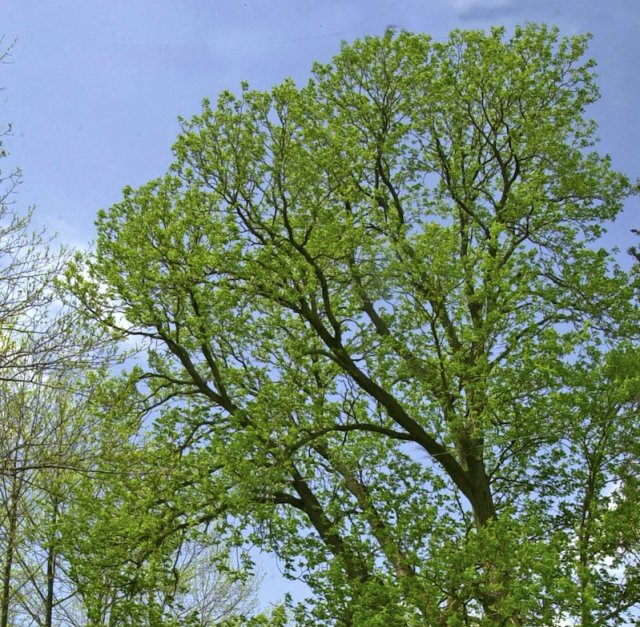Explaining the size of tree leaves using physics
Ars Technica » Scientific Method 2013-02-28
One of the most useless-but-cool things about physics are the post-hoc explanations it offers for the field of biology. I suspect that these physics-focused explanations really piss biologists off, and rightly so, since they tend to offer an explanation for observations, but have no predictive power to point us beyond what we already know.
Biology is a big field with lots of sub-fields, though. For the most part, biologists interested in mammals and birds have had to bear the burden of physicists' attention. But that's changing, as plant biologists have become the latest victims. Yes, physics now offers an explanation for why tall trees have such, ahem, tiny leaves.
Before we get to the trees and their pitifully small leaves, let's take a quick look at the sort of arguments and insights that physics offers biologists. For instance, it can help you determine why the smallest and largest land-dwelling mammals are about the size that they are—look no further than the balance of energy. Mammals are warm-blooded, and that costs some energy. And, to make matters worse, they lose energy through their skin simply through heat conduction. The smaller you are, the greater the proportion of your energy is spent maintaining your internal body temperature, simply because you have more surface area relative to body mass. At a certain size, you simply cannot eat fast enough to maintain an internal body temperature.
Read 13 remaining paragraphs | Comments
